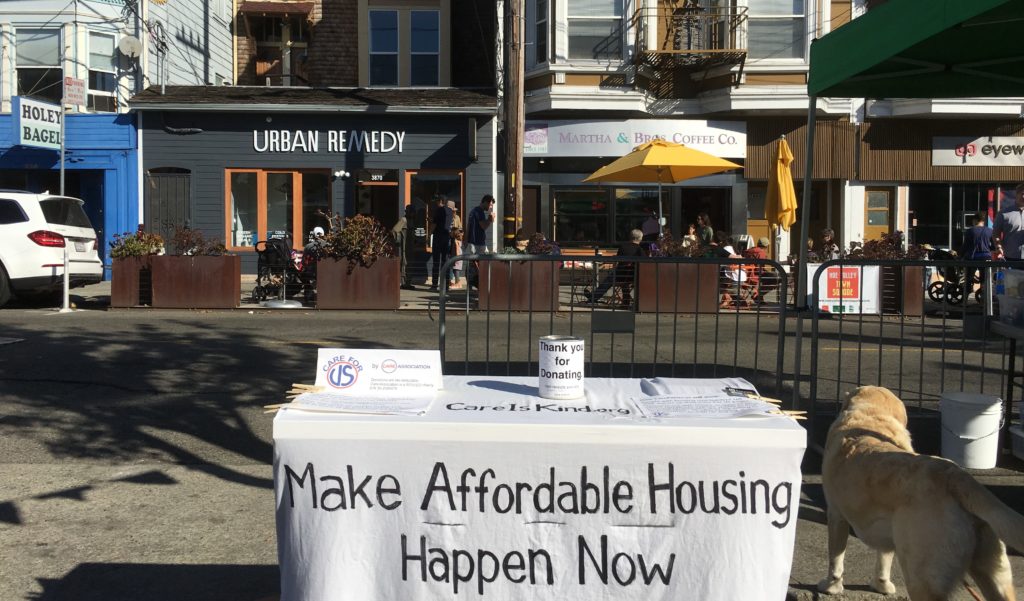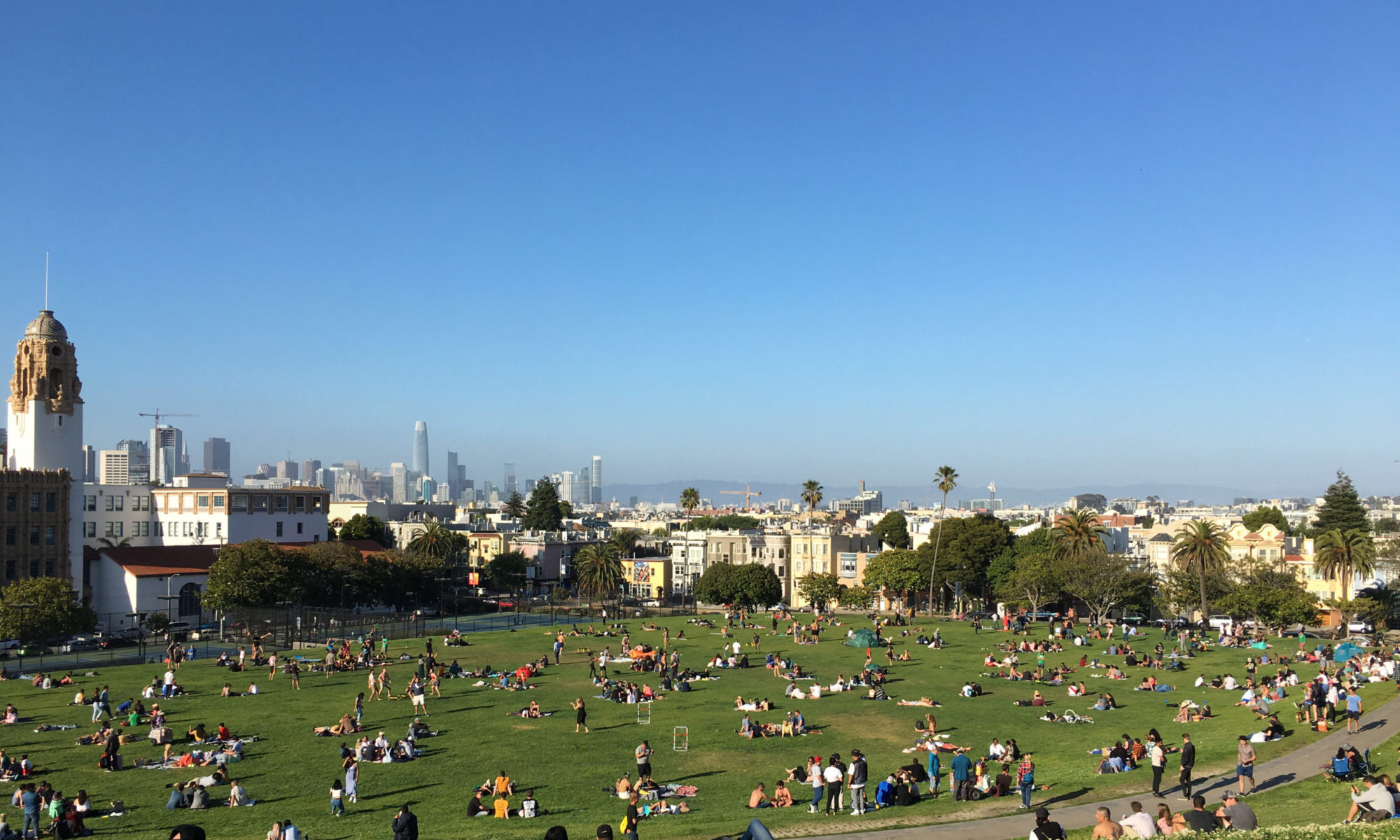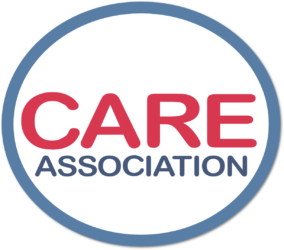A full-time worker earning minimum wage in San Francisco can comfortably afford $780 a month in housing expenses based on the national standard of 30% gross income; housing expenses include rent and utilities. Yet, the city’s housing authority is calling a studio with a rent of $1,190 a month “affordable” for someone who earns only $2,380 a month. Fifty percent of income spent on rent is not affordable.
On July 1, 2018, San Francisco’s minimum wage rose to $15 an hour for all employees. In spite of the increase, a minimum wage worker is still unable to afford the cost to live in San Francisco where a tenant is lucky to find a studio for $1,300. This year, Seattle instituted a minimum wage of $16 for companies with more than 500 employees, such as Amazon. Unlike in San Francisco, a Seattle worker can find a studio for under $900 a month through the rental market. The real estate market in the Bay Area is simply unjust.
The Burden of Cost
San Francisco city authorities are encouraging a cycle of poverty by allowing a high cost burden on its residents. If a worker earns $2,600 a month and pays $1,300 a month in rent (a home at this rate would probably be at least a 45-minute drive from work in the city), little is left for living. If the worker has a car, the below table might be his monthly budget.
| Monthly Expenses | |
|---|---|
| Rent | $1,300 |
| Electricity, Water, Gas | 50 |
| Phone | 60 |
| Taxes | 420 |
| Car payment | 200 |
| Gasoline | 220 |
| Insurance | 75 |
| Cash left for food and other expenses | 275 |
| Total | $2,600 |
Nothing is left for savings in this scenario. Healthcare costs are not included. Also omitted is the cost of the San Francisco-Oakland Bay Bridge, which is $7 a day if a worker drives alone across the bay. This worker could save a few hundred dollars a month by using public transit but then he would lose travel time, not to mention a sense of freedom. Imagine that this worker has a child. Feeding two people well is not easy for less than $300 a month. Forget the additional time and expenses needed to take the child to and from daycare.
No one should pay more than 30%
Reducing rent from $1,300 to $750 frees $550 a month for a livable life. It allows for a healthier diet. It allows the worker to relax and go to the movies or enjoy a dinner out. The worker can put money into a savings account and save for his child’s future. More disposable income supports a stronger economy for local businesses and for the country.
Is San Francisco pressured by the real estate market to offer “low-income” housing at costs too high for its residents? California’s 1995 Costa-Hawkins Act makes matters worse by preventing local governments from mandating affordable units with every luxury project. Instead, the government is forced to subsidize to make up for market rates. Contractors charge a premium for construction fees adding to building costs. Meanwhile, a two-bedroom house in the Castro neighborhood has sat empty for more than a year, its owner and agent waiting for a renter to pay $5,000 a month for it. Multiple households crowd themselves in shared apartments. Others sleep in their vehicles.
The San Francisco Examiner estimated that 142,000 workers in the city were to benefit from the wage hike last July. According to some workers, instead of helping, the raise resulted in cut hours. Some earned less as a result, forcing them to find additional work to pay bills. For a city that offers no real affordable housing units, this is no solution.
Build $750 units
The only solution to the housing crisis is to provide housing units people can actually afford with a single full-time job. This does not necessarily mean repealing Costa-Hawkins. But it does require using innovative strategies. McCormack Baron Salazar is a company based in St. Louis, Missouri, that has been doing just that. Started as a consulting firm, then McCormack Baron & Associates found an opportunity to become a developer of low-income housing by pooling available resources including tax credits, government subsidies, and private funding. With over 22,000 homes built to-date, and over 68% of them for lower-income households, McCormack Baron Salazar proves that building affordable housing is possible and can be profitable. But it will take commitment and cooperation to make it happen in San Francisco.
Be the Change
In spite of the unjust nature of the real estate market and the slowness of building needed housing, property owners can make a difference. Care Association wants to help.
If you own a home with vacant space, contact us by email or phone at 415-890-0011 to find out how you can help a low-income tenant.


